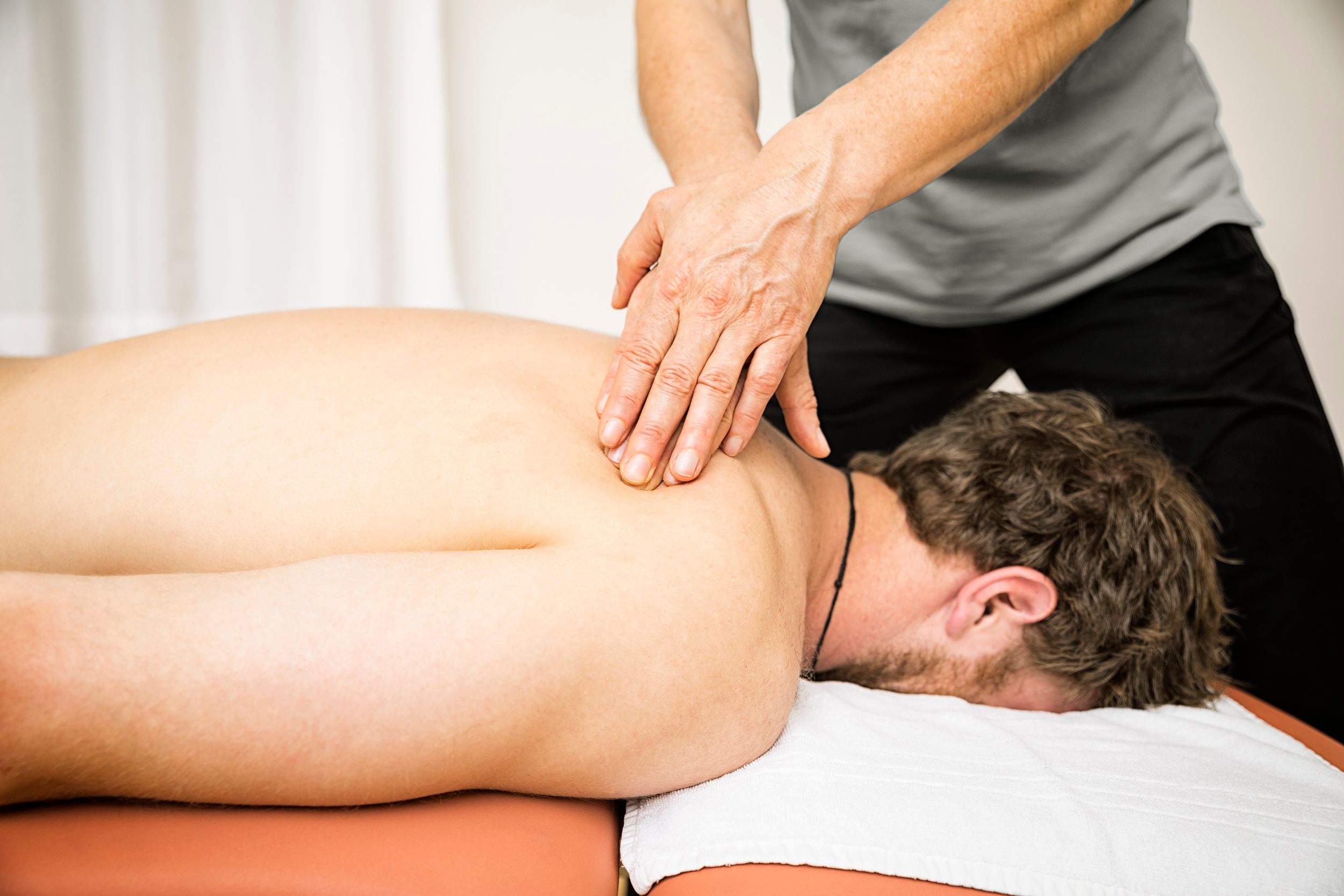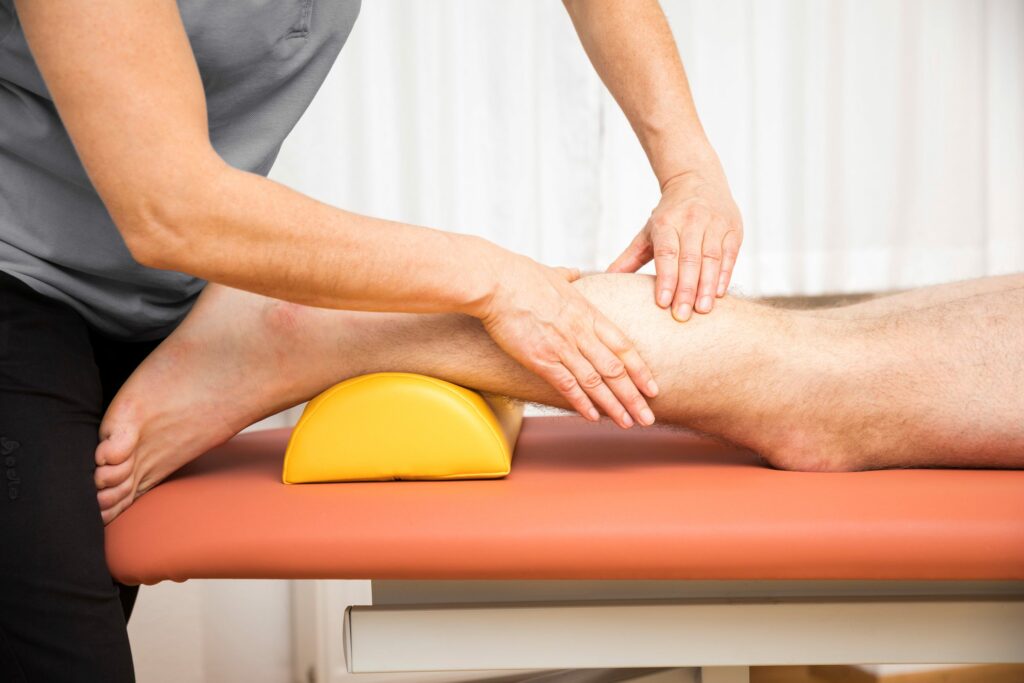Trigger points and how they affect your fitness

Even the untrained can clearly feel the small bumps. Trigger points are found everywhere in the body. Many people don’t know that they are one of the most common causes of sports injuries. And they cause discomfort not where they are found but in a completely different place. Doctors and therapists can nevertheless treat them specifically.
What are trigger points?
The human body consists of around 650 muscles. Usually, they tense up and then relax again. However, in the case of incorrect and continuous strain, too little movement, injuries, and stress, they can become tense. This causes a muscular imbalance. Affected muscles no longer receive enough oxygen and nutrients. Bumps form, which doctors and therapists call trigger points. They react to pressure much more sensitively than healthy muscle areas. Important to know:
- The muscle in which the trigger point is located loses strength.
- Therefore, another muscle from the so-called muscle chain has to take over its work and is quickly overstrained.
- That is why trigger points can trigger pain in a completely different part of the body.
Trigger points and the complaints associated with them
According to recent research, trigger points are one of the leading causes of back pain. They can also cause headaches, shoulder pain, tinnitus, dizziness, abdominal pain, common blockages, knee problems, tennis elbow, and feet and toes. Probably the most common trigger point is between the shoulder and spine. It triggers headaches. Trigger points in the buttock area are often to blame for lower back pain.
The special things about trigger points
Another unique feature of these annoying lumps is that they cannot be detected even with the most modern imaging. Instead, the trained hands of doctors or specially trained therapists are required. The assistance of each patient is beneficial in this regard. The more precisely one can describe where the pain is located and how it feels, the more targeted the treatment options are. This is because each trigger point has a particular pain pattern.

The individual treatment options
If trigger points are found to be causing pain, there are several treatment options: For mild discomfort, special stretching and strengthening exercises are often sufficient. They are intended to restore the interaction of the muscles in the chain. However, if that is not enough, therapists use a variety of techniques to address the trigger point.
- They apply pressure to the hardened area several times with their thumb, hand, or a unique wand. This can hurt for a few seconds, but it is bearable.
- As a natural reflex to the applied pressure, the body reduces the tension. As a result, fresh and oxygenated blood and nutrients can once again reach the undersupplied area. Ideally, the trigger point dissolves.
- Treatment with acupuncture needles, injections, or low-dose shock wave therapy can also help. In the latter, a transducer filled with water sends shock wave pulses to the painful area. This increases metabolism in the cells and activates the body’s repair mechanisms.
Tackling the causes
When the trigger points have finally dissipated, the aim is to prevent them from coming back, if possible. Regular exercise programs, strengthening of the muscles, and a body-appropriate daily routine are beneficial. It is essential to compensate for any muscular imbalances. Unilateral training can be of help here. Fascia training can also have a preventive effect.
This article has been thoroughly researched, but of course, it cannot replace medical advice.